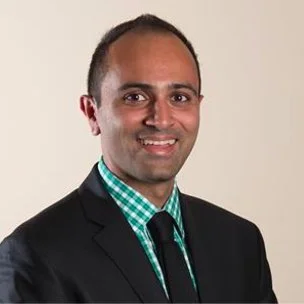Syncope is a common problem encountered in the Emergency Department, and yet despite this there are few strong consensus guidelines, and significant practice variation. Here we seek to explore some of the evidence regarding syncope care. The vast majority of literature and recommendations on syncope in this post, are based upon the well patient who has a syncopal event and is now well again. The differential diagnosis in this scenario is actually fairly limited, as there are not many things that do this beyond cardiac and vasovagal (and potentially GI bleeding, but historical features will aid you there).

CT Head
In a prospective study across 6 Canadian tertiary ED’s, adult patients with syncope were analyzed for a primary outcome of clinically important and new findings on CT head. Over 1000 patients were included, with a mean age of 63 and a fairly standard distribution of medical cormorbidities [17].
Within this cohort, only 3.4% of patients had the primary outcome of a new or clinically important finding on CT head, and these patients had; elevated INR, low GCS or head injury. It should therefore, not be surprising that ACEP also does not recommend CT head in asymptomatic syncope patients without trauma and a normal neurological exam [18].

Investigations
The literature on investigations in syncope is fairly sparse, but from what currently exists it appears that the yield in the workup these patients is quite low (collated from a few studies) [19,21]:
- Blood work: 4.5%
- ECG: 4-6.7%
- CXR: 0%
- Holter monitoring: 1-16%
- Troponin: 0.6-0.62%
* It is important to note that this is the yield of these investigations contributing to a diagnosis in all syncope patients, not just those that have a syncopal episode, and are well again.
One study did isolate a potential ‘low risk cohort’ (age <50, with a vasovagal predisposition and no known cardiac disease), and found that the above investigations did not contribute to the diagnosis in any of these patients [21]. Subsequently, it seems that there is low potential yield of investigations, and those with positive results are not likely to be well afterwards, or will have significant medical comorbidities.

There have been a multitude of decision rules released to help us in our approach to the patient with syncope, however, the vast majority of these have had significant issues associated with their potential use, and have therefore not been widely disseminated.
- San Francisco Syncope Rule (SFSR): Examined the prediction of serious adverse events (SAE’s) but performed poorly on external validation.
- Risk Stratification of Syncope (ROSE): Predicted SAE at 30 days, but performed sub-optimally on external validation and requires the utilization of BNP.
- Short term Prognosis in Syncope (StEPS): identified risk factors for death and therapeautic interventions at 10 days, but predictors of concomitant trauma and male sex make it fairly impractical to use.
- Boston Syncope Criteria: A long list of 25 plausable predictors for SAE makes it fairly impractical to use in clinical practice.
- Anatolian Rule: 39 SAE predictors, again, making it fairly impractical to use.
So… is there anything we can use? On an edition of EMRAP (Canadian edition) Dr. Thiruganasambandamoorthy discusses the recent acceptance of his paper on the ‘Canadian Syncope Risk Score’. In brief, this multi-centre, prospective cohort study enrolled over 4000 adult patients with a primary outcome of serious adverse events (SEA) at 30-days and created a risk score. They ultimately identified that a vasovagal predisposition was negatively associated with SAE; supporting what has previously been demonstrated in the literature (stay tuned for more specifics upon publication!).
Bottom Line:
In the well patient who has syncope and is well again, with a vasovagal predisposition (or where the ED physician suspects the diagnosis is vasovagal), the only diagnostic requirement is an ECG. If these are normal no further investigation is required.
[bg_faq_start]
References
- Viau A, Mukarram M, Arcot K, Soo-Min K, Thiruganasambandamoorthy V. Yield of Computed Tomography of the Head Among Adult Emergency Department Syncope Patients: A Prospective Cohort Study.
- Langer-Gould A, Anderson W, Armstrong M, et al. The American Academy of Neurology’s top five choosing wisely recommendations. Neurology. 2013;81(11):1004-1011.
- Vanbrabant P, Van O, Knockaert D, Gillet J. Diagnostic yield of syncope investigation (initiated) in the emergency department: a pilot study. Acta Clin Belg. 2011;66(2):110-115.


